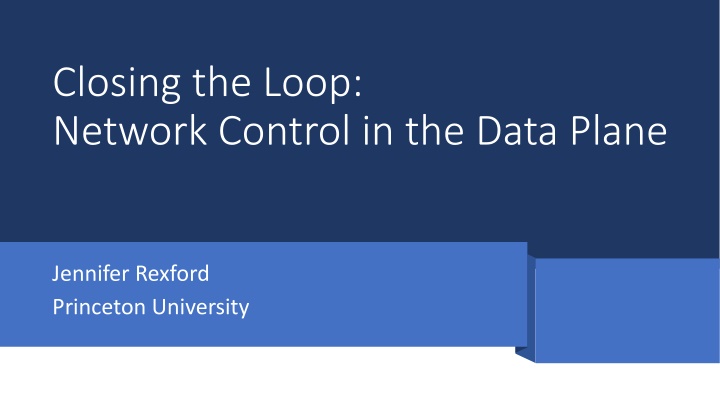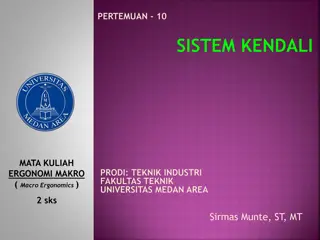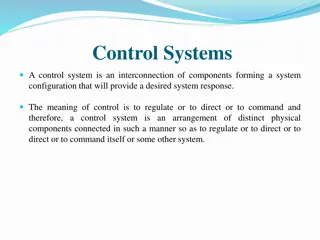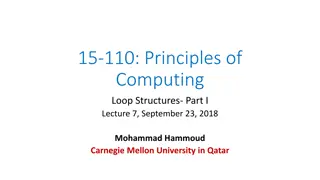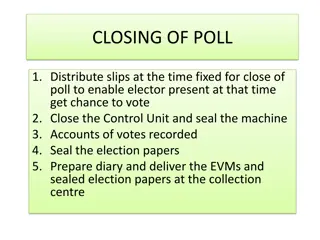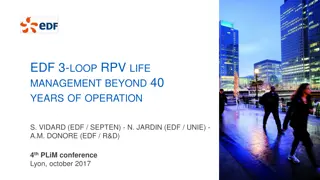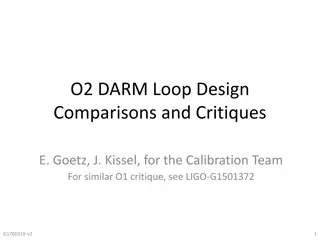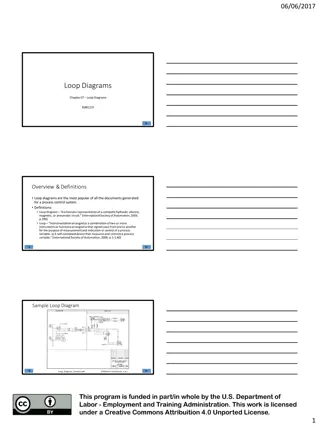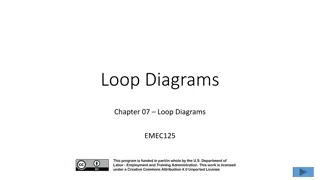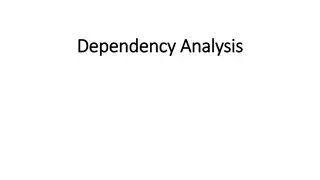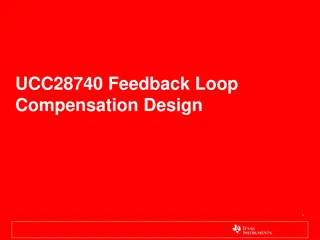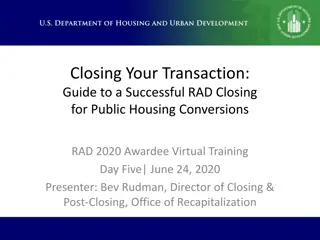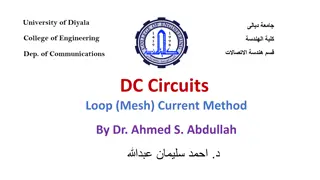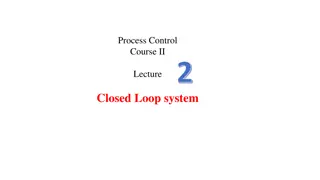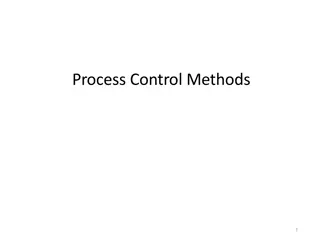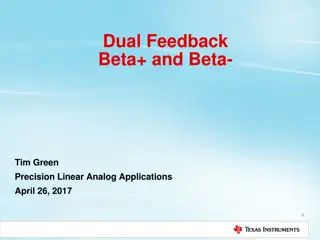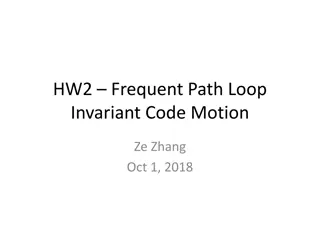Closing the Loop in Network Control
Efficient network management approaches, such as an integrated control in the data plane, Protocol Independent Switch Architecture (PISA), and alleviating microbursts. Learn about traditional network management analysis, measurement, and configuration methods, alongside examples of network-wide goals and microburst management policies.
Download Presentation

Please find below an Image/Link to download the presentation.
The content on the website is provided AS IS for your information and personal use only. It may not be sold, licensed, or shared on other websites without obtaining consent from the author.If you encounter any issues during the download, it is possible that the publisher has removed the file from their server.
You are allowed to download the files provided on this website for personal or commercial use, subject to the condition that they are used lawfully. All files are the property of their respective owners.
The content on the website is provided AS IS for your information and personal use only. It may not be sold, licensed, or shared on other websites without obtaining consent from the author.
E N D
Presentation Transcript
Closing the Loop: Network Control in the Data Plane Jennifer Rexford Princeton University
Traditional Network Management 2. Analyze (traffic matrix, route optimization, anomaly detection, fault localization) 1. Measure (load, performance, traffic, failures) 3. Configure (reconfigure tunnels, link weights, access control lists)
Closing the Loop An integrated approach Efficient measurement Measurement tailored to the task Data analysis in the data plane Direct control Control actions in the data plane Correct by construction Device-local programs synthesized from network-wide goals Network-wide goals (objectives and constraints) Compiler Device-local programs (measure and control)
Protocol Independent Switch Architecture (PISA) Data plane designed for programmability Parsing, match-action tables, actions, registers Barefoot/Intel (Arista, NoviFlow, Stordis), Xilinx, Netronome, Pensando, Netcope P4 programming language
Example Network-Wide Goals Alleviating microbursts Performance-aware routing Denial-of-service attack mitigation Block hosts with old OSes <Insert your app here>
Alleviating Microbursts: ConQuest [CoNext19] Small timescale traffic bursts Clog the packet queues Cause packet delay and loss Manage microbursts to handle Bursty workloads Low-cost switches (shallow buffers) High link utilization Goal: penalize the most responsible flows 5x Queue Length Microbursts 3x 1x 16:00:00 0:00:00 Time in day (24h) 8:00:00 16:00:00
Microburst Management Policy Active queue management Mark each packet probabilistically In proportion to its flow s contribution to the heavy queue 55% 10%
Detecting Heavy Flows in the Queue For each flow, how many packets are in the queue? Key Count 1 5 1 1 P4 data structure challenges Updating on packet arrival and departure Per-flow state (key and count) 2 1 9
ConQuest: Processing Each Packet Only Once Slice traffic into time windows Each snapshot records T=4 packets Why am I waiting? Queue D B Egress B D B B A C B C B B B A Historical Departures I enqueued at t=5 I dequeued at t=14 Flow ~Count ? S1 S2 S3 S4 A 1 B Memory access 5 C 1 D 1 10
ConQuest: Avoiding Per-Flow State Compact data structures With limited memory and processing at the expense of lower accuracy Estimate per-flow counts per snapshot With accurate estimates for large flows Count-Min Sketch per snapshot C columns indexed by hash functions Increment hashi(flowid) in column I Estimate is the min of the C counts Count-Min Sketch [CM 05] +1 +1 B Buckets +1 f C columns
ConQuest in Action on the Princeton Campus Internet2 Performance symptoms Big neuroscience data transfers High loss with low average load Router with limited measurements Microburst analytics on Tofino Microbursts on a small timescale Caused by PerfSONAR active probes Recent deployment with AT&T Network TAPs Mirrored traffic Neuroscience Institute Tofino See https://p4campus.cs.princeton.edu/ web site for more details! 13
ConQuest: Closing the Control Loop Testbed with P4-enabled Barefoot Tofino, 4 snapshots Smart early congestion notification (ECN) Baseline: mark all packets when the queue is long ConQuest: flow-based ECN to mark flows causing others to wait Send 1M TCP flows + synthetic bursts p4.org logo 100G 10G Sender Receiver 14
ConQuest: Evaluating the Control Loop Flow-based ECN reduces Flow Completion Time Queue remains short, bursty flow effectively suppressed 11% 15
Toward Verified Closed-Loop Control Explore more control-loop examples DDoS mitigation, blocking unwanted OSes, etc. Evaluate under realistic conditions Hardware switches and operational networks Identify unifying language constructs Traffic queries integrated with control actions Verify the compiler Ensure the P4 programs are correct by construction Pronto project (ONF, Stanford, Princeton, Cornell): https://vimeo.com/447287550
